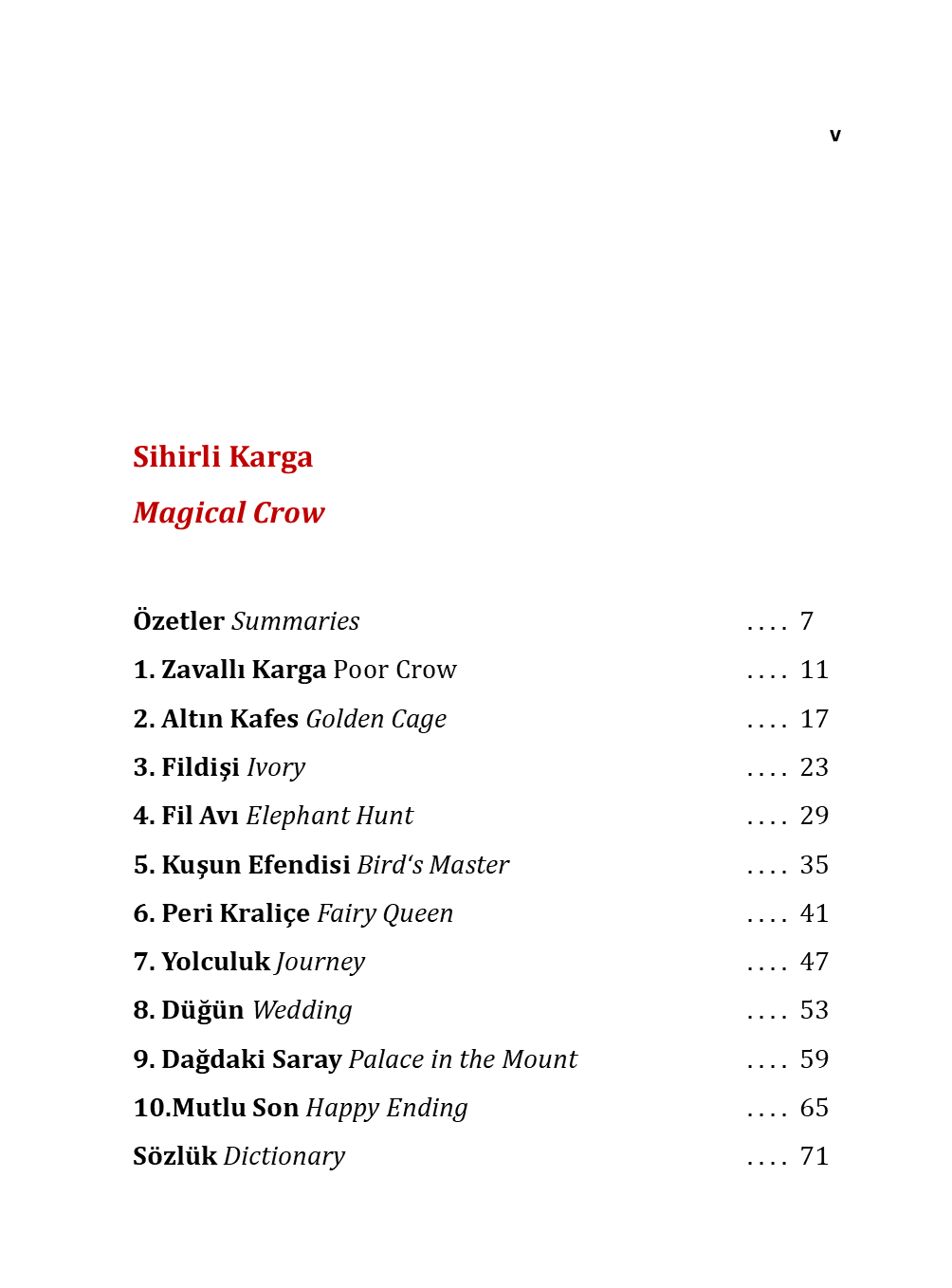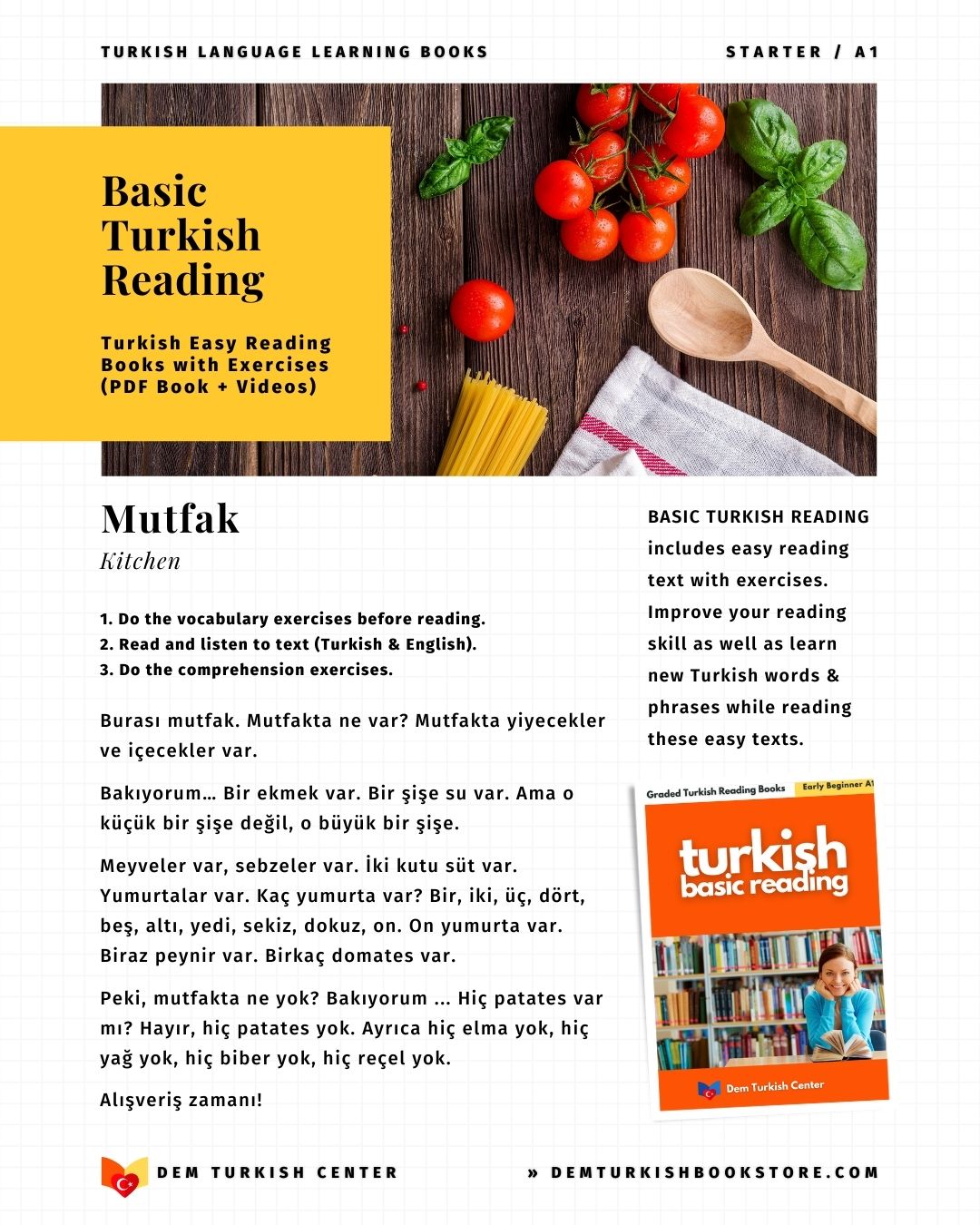
Understanding Turkish Grammar: A Beginner’s Guide
Turkish, a fascinating and unique language, belongs to the Turkic language family and is known for its agglutinative structure. For beginners, understanding Turkish grammar can feel like unraveling a puzzle, but with the right guidance, it becomes manageable and even enjoyable.
UNDERSTAND BASIC TURKISH GRAMMAR
Here’s a comprehensive guide to help you get started with Turkish grammar.
1. Turkish Alphabet and Pronunciation
Turkish uses the Latin alphabet, with 29 letters, including some unique ones like ç, ğ, ı, ö, ş, and ü.
Each letter has a consistent pronunciation, making it easier to read words once you learn the sounds. For example:
- Ç is pronounced like “ch” as in “chair.”
- Ş is pronounced like “sh” as in “shoe.”
- İ and ı represent different “i” sounds (İ is like “see” while ı is closer to “huh”).
Download Turkish Starter Course (including this grammar point)!
2. Vowel Harmony in Turkish
Vowel harmony is a fundamental concept in Turkish. It dictates how vowels change within words and affects suffixes.
Turkish vowels are divided into two groups:
- Front vowels (Soft Vowels) e, i, ö, ü
- Back vowels (Hard Vowels) a, ı, o, u
Suffixes adapt to match the vowel harmony of the root word. For instance:
- Ev (house) → Evi (his/her house)
- Kapı (door) → Kapıyı (the door, accusative case)
Download Turkish Starter Course (including this grammar point)!
3. Word Order in Turkish
Turkish has a Subject-Object-Verb (SOV) word order, unlike English, which follows Subject-Verb-Object (SVO). For example:
- English I'm reading a book.
- Turkish Ben bir kitap okuyorum. (Literal: “I the book am reading.”)
Understanding this structure is key to forming coherent sentences in Turkish.
Download Turkish Starter Course (including this grammar point)!
4. Nouns and Cases in Turkish
Turkish nouns are inflected to indicate their grammatical role in a sentence. There are six cases:
- Nominative (default form) Ev (house)
- Genitive (possessive) Evin (of the house)
- Dative (to) Eve (to the house)
- Accusative (direct object) Evi (the house)
- Locative (in/on/at) Evde (in the house)
- Ablative (from) Evden (from the house)
Mastering these cases is crucial for fluency.
Download Turkish Worksheets A1 (including these grammar forms)!
5. Verbs and Conjugation in Turkish
Turkish verbs are conjugated based on tense, subject, and sometimes mood. Here’s an example with the verb “gitmek” (to go):
- Present Continuous O okuyor. (“He is reading.”)
- Past Tense O okudu. (“He read / has read.”)
- Future Tense O okuyacak. (“He will read.”)
Verbs often come at the end of the sentence, reinforcing the SOV structure.
Download Turkish Worksheets A1 (including these grammar forms)!
Download Turkish Worksheets A2 (including these grammar forms)!
6. Suffixes and Agglutination in Turkish
Turkish is an agglutinative language, meaning that suffixes are added to root words to convey meaning. For instance:
- Ev (house)
- Evin (your house)
- Evimde (in my house)
- Evimizden (from our house)
Learning to build words with suffixes is a cornerstone of Turkish grammar.
7. Possession in Turkish
Possession is indicated by adding suffixes to both the possessor and the possessed. For example:
- Benim kitabım (“My book”)
- Senin kitabın (“Your book”)
Download Turkish Worksheets A1 (including these grammar forms)!
8. Questions in Turkish
In Turkish, yes/no questions are formed by adding the question particle mi (mi / mü / mı / mu) to the sentence:
Bu bir ev. This is a house.
Bu bir ev mi? Is this a house?
For open-ended questions, question words like “ne” (what), “kim” (who), and “nerede” (where) are used:
Bu bir ev. This is a house.
Bu ne? What is this?
9. Negative Sentences in Turkish
To make a sentence negative, the suffix M (-ME / MA) is added to the verb:
O okuyor. (“He is reading”) → O okumuyor. (“He is not reaidng”).
10. Practice Makes Perfect
The best way to internalize Turkish grammar is through practice. Engage with native speakers, listen to Turkish music, watch Turkish TV shows, and try writing your own sentences. Gradually, the rules will start to feel natural.
While Turkish grammar may seem complex at first, its logical and systematic structure makes it easier to learn with time. By understanding the basics, you’re laying a solid foundation for fluency. Keep practicing, and don’t be afraid to make mistakes – every error is a step closer to mastering the language. Good luck!













